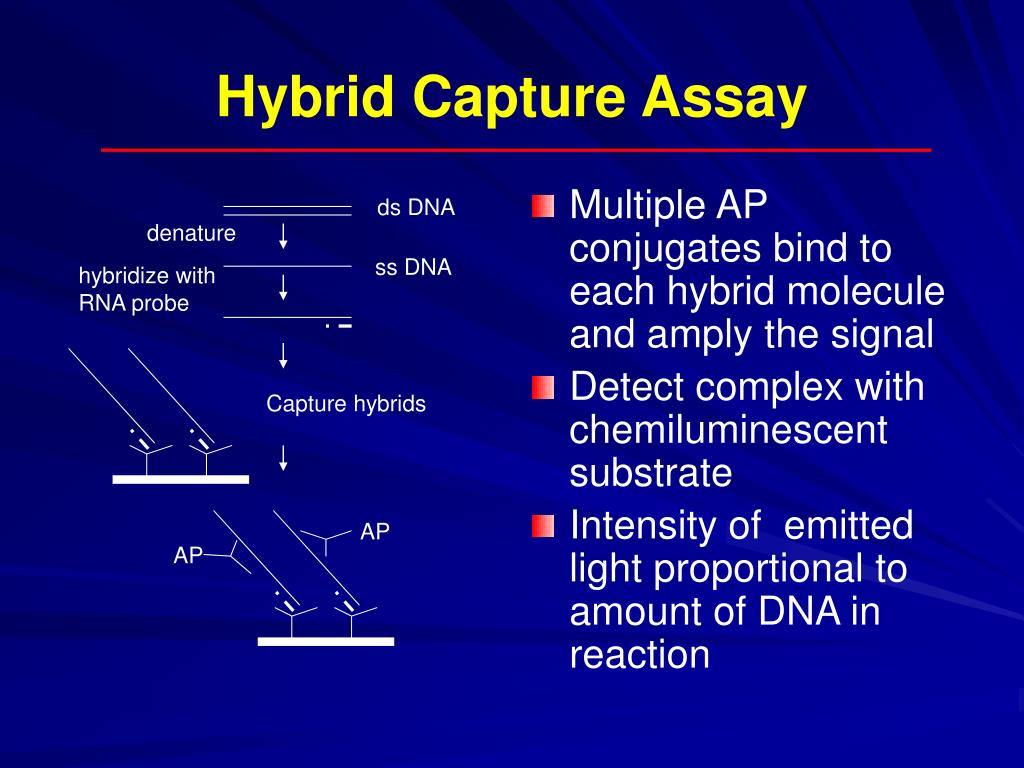
This extended signal half-life eliminates the need for luminometers with reagent injectors and allows batch-mode processing of multiple plates.Ĭat.# V1501 contains sufficient reagents to perform 300 assays at 60μl final volume per well in 384-well plates.Ĭat.# V1502 contains sufficient reagents to perform 3,000 assays at 60μl final volume per well in 384-well plates. The half-life for the luminescent signal is greater than 4 hours. Luminescence can be correlated to cAMP concentrations using a cAMP standard curve. Plates are read using a microplate-reading luminometer. Kinase-Glo® Reagent is then added to terminate the PKA reaction and detect the remaining ATP via a luciferase reaction. After induction, cells are lysed to release cAMP, and then the cAMP detection solution, which contains protein kinase A, is added. This kit is multi-format and can detect both acetylated and non-acetylated cAMP in a variety of sample types. The cells are induced with a test compound for an appropriate period of time to modulate cAMP levels. The Cyclic AMP Direct ELISA Kit is a competitive ELISA with a run time of 2.5 hours.

The cAMP-Glo™ Assay can be performed in 96-, 384- or 1536-well plates. The assay is based on the principle that cyclic AMP (cAMP) stimulates protein kinase A (PKA) holoenzyme activity, decreasing available ATP and leading to decreased light production in a coupled luciferase reaction. GPCRs that couple with adenylate cyclase will increase or decrease intracellular cAMP. The cAMP-Glo™ Assay is designed to monitor cAMP production in response to the effects of test compounds on G protein-coupled receptors (GPCR).


 0 kommentar(er)
0 kommentar(er)
